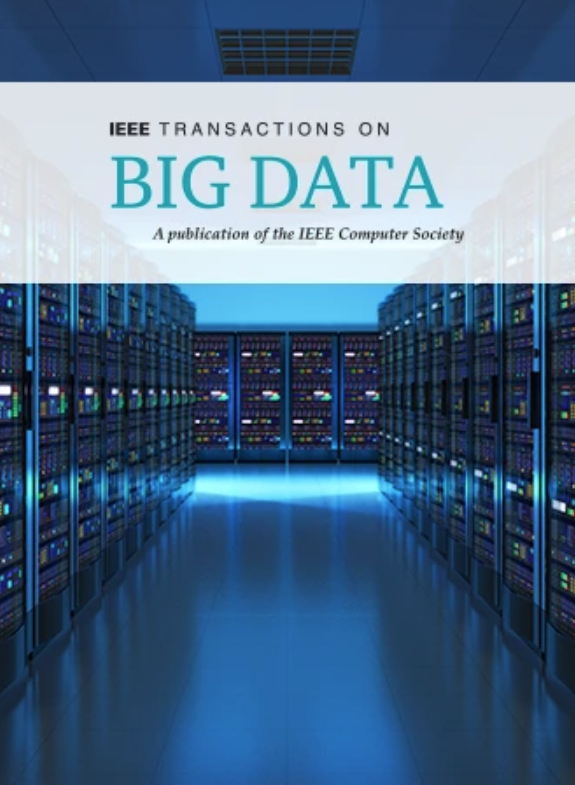Towards Fraud Detection via Fine-Grained Classification of User Behavior
IF 5.7
3区 计算机科学
Q1 COMPUTER SCIENCE, INFORMATION SYSTEMS
引用次数: 0
Abstract
The mass volume of data in the modern business world requires fraud detection to be automated. Hence, some researchers constructed the fraud scenario into graph data and proposed graph-based fraud detection methods. These methods treat the problem of fraud detection as a binary node classification task. However, the differences between the nodes of the same class are ignored. In this paper, we try to distinguish differences in behavior among nodes of the same class to improve the model’s ability to detect deviation, i.e., we make a fine-grained classification of user behavior (called prototypes) and propose an adaptive prototype-based graph neural network (APGNN) for fraud detection. APGNN learns node behavior representations by extracting both neighborhood and global information, supplying preliminary knowledge for the adaptive creation of several prototypes, each representing a distinct behavior pattern. Subsequently, a new loss function is employed to enhance the prototypes’ capacity to capture these behavior patterns and to amplify the feature differences between different prototypes. Nodes are then projected onto these prototypes to derive the final behavior patterns. Extensive experiments on four real-world datasets show that this method can provide better fraud detection as well as a more understandable result.基于用户行为细粒度分类的欺诈检测
现代商业世界的海量数据要求欺诈检测实现自动化。因此,一些研究者将欺诈场景构建为图数据,提出了基于图的欺诈检测方法。这些方法将欺诈检测问题视为二元节点分类任务。但是,同一类的节点之间的差异将被忽略。在本文中,我们试图区分同一类节点之间的行为差异,以提高模型检测偏差的能力,即我们对用户行为进行细粒度分类(称为原型),并提出一种基于自适应原型的图神经网络(APGNN)用于欺诈检测。APGNN通过提取邻域和全局信息来学习节点行为表示,为自适应创建多个原型提供初步知识,每个原型代表一个不同的行为模式。随后,利用一个新的损失函数来增强原型捕捉这些行为模式的能力,并放大不同原型之间的特征差异。然后将节点投影到这些原型上,以派生最终的行为模式。在四个真实数据集上的大量实验表明,该方法可以提供更好的欺诈检测以及更容易理解的结果。
本文章由计算机程序翻译,如有差异,请以英文原文为准。
求助全文
约1分钟内获得全文
求助全文
来源期刊

IEEE Transactions on Big Data
Multiple-
CiteScore
11.80
自引率
2.80%
发文量
114
期刊介绍:
The IEEE Transactions on Big Data publishes peer-reviewed articles focusing on big data. These articles present innovative research ideas and application results across disciplines, including novel theories, algorithms, and applications. Research areas cover a wide range, such as big data analytics, visualization, curation, management, semantics, infrastructure, standards, performance analysis, intelligence extraction, scientific discovery, security, privacy, and legal issues specific to big data. The journal also prioritizes applications of big data in fields generating massive datasets.
 求助内容:
求助内容: 应助结果提醒方式:
应助结果提醒方式:


